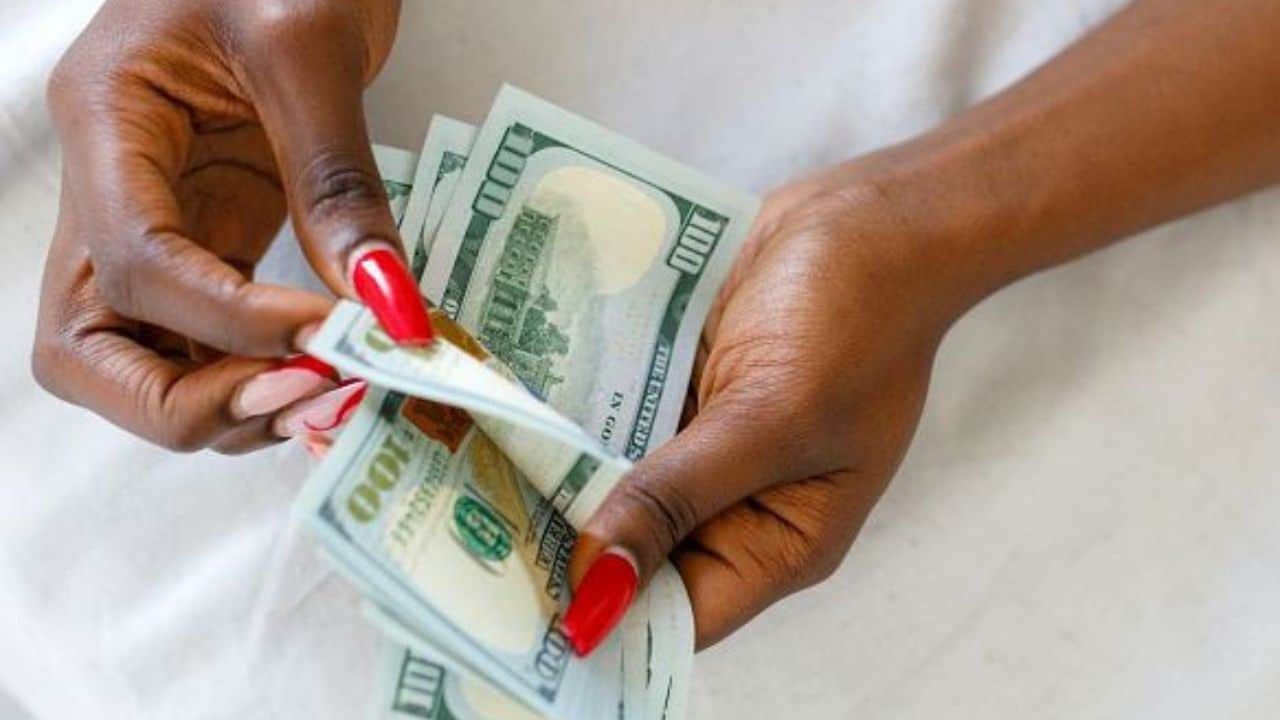In an effort to support the slumping price of crude after two earlier supply cuts by major producing nations in the OPEC+ alliance failed to raise oil prices, Saudi Arabia will cut back on the amount of oil it exports to the world economy. This is a unilateral move.
As the other OPEC+ producers agreed in a conference in Vienna to prolong prior production cuts into next year, Saudi Arabia announced a cut of 1 million barrels per day beginning in July.
At a press briefing, Abdulaziz bin Salman, the Saudi energy minister, referred to the reduction as a “lollipop,” adding that “we wanted to ice the cake.” According to him, the cut could be prolonged and the group “will do whatever is necessary to bring stability to this market.”
According to Jorge Leon, senior vice president of oil markets research at Rystad Energy, the latest cut would probably increase oil prices in the medium term, but its effect would depend on whether Saudi Arabia decided to extend it.
The decision offers “a price floor because the Saudis can play with the voluntary cut as much as they like,” he claimed.
U.S. motorists may fill up their tanks for less money because to the drop in oil prices, which has also provided some relief to consumers globally from inflation.
Gas won’t become any cheaper, Leon declared. It might even get a little bit more pricey.
The Saudis’ conviction that further cut was necessary highlights the ambiguity surrounding the prognosis for petroleum consumption in the coming months. While concerns about a slowing global economy exist for both the US and Europe, China’s recovery from COVID-19 limitations has lagged behind schedule.
One of the OPEC oil cartel’s major producers, Saudi Arabia, was among the countries to consent to a sudden decrease of 1.6 million barrels per day in April. The kingdom contributed 500,000. Following the announcement in October that it would cut 2 million barrels per day, OPEC+ threatened to raise gasoline prices a month before the midterm elections, which infuriated U.S. President Joe Biden.
In total, OPEC+ has reduced production by 4.6 million barrels per day on paper. However, several nations are unable to meet their limits, thus the actual drop in supply is roughly 3.5 million barrels per day, or more than 3% of it.
Over time, the earlier price reductions did not considerably increase oil prices. Although Brent crude reached a high of $87 per barrel, it has since given up its post-cut gains and recently has been trading around $75 per barrel. U.S. crude just dropped below $70.
As a result, according to auto club AAA, gas prices in the United States are currently average $3.55, $1.02 less than they were a year ago. The 20 European nations that use the euro saw their inflation rate fall to its lowest point before to Russia’s invasion of Ukraine thanks in part to declining energy prices.
Saudi Arabia needs to maintain continuously strong oil revenues in order to fund ambitious development plans designed to diversify the country’s economy.
The monarchy needs oil prices to be $80.90 per barrel, according to the International Monetary Fund, in order to meet its anticipated spending commitments, which include a $500 billion scheme to develop a futuristic desert city called Neom.
In a sign that American authorities may be less concerned about OPEC cuts than in the past several months, the U.S. recently restocked its Strategic Petroleum Reserve after Biden declared the largest release from the national reserve in American history the previous year.
Saudi Arabia and other oil-producing nations must consider the effects of increasing prices on oil-consuming nations as well as the necessity for cash to support their national budgets.
Inflation brought on by excessively high oil prices might reduce consumer purchasing power and force central banks, including the U.S. Federal Reserve, to raise interest rates further, which could impede economic growth.
Any increase in oil prices and the reduction in Saudi production could increase the profits that are assisting Russia in financing its conflict with Ukraine. In spite of Western sanctions meant to reduce Moscow’s vital energy income, Russia has found new oil consumers in India, China, and Turkey.
However, increased crude prices run the risk of making trading with the third-largest oil producer in the world more difficult if they go over the $60 per barrel price cap agreed by the Group of Seven major democracies.
Russian “dark fleet” tankers have discovered ways to get around the price cap by altering position information or transferring oil from ship to ship to hide the source of the fuel. The expenditures associated with those initiatives, however, are higher.
According to the OPEC+ agreement, Russian Deputy Prime Minister Alexander Novak said Moscow will maintain its voluntary cut of 500,000 barrels per day into the following year.
But it’s possible that Russia won’t keep its word. According to the International Energy Agency’s April oil market report, Moscow’s overall exports of crude oil and refined goods like diesel gasoline increased to a post-invasion high of 8.3 million barrels per day in April.








































